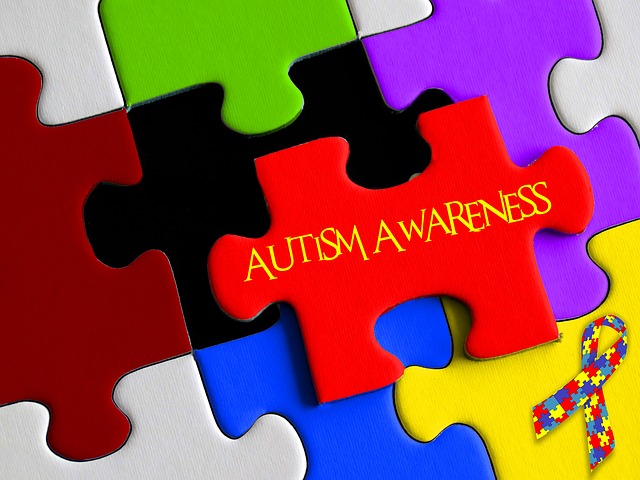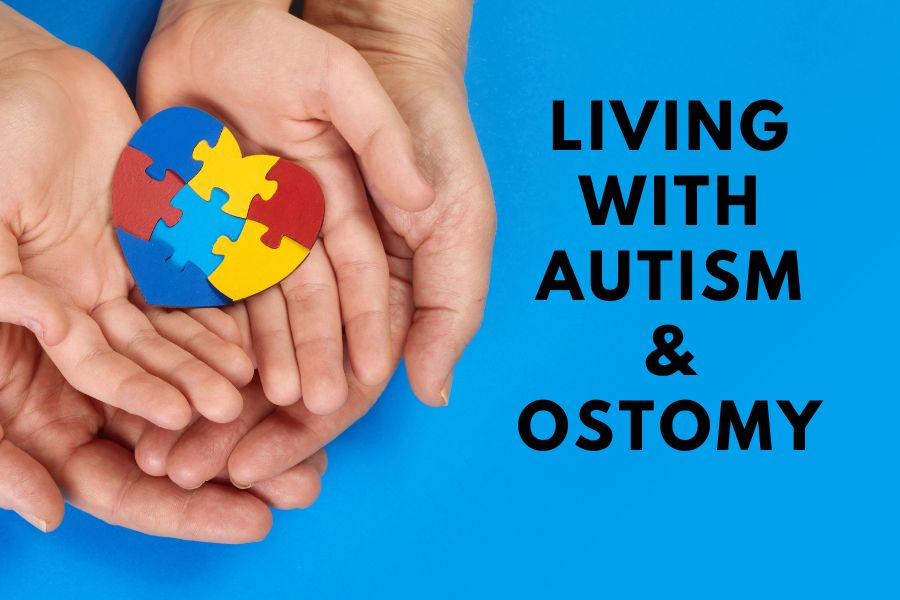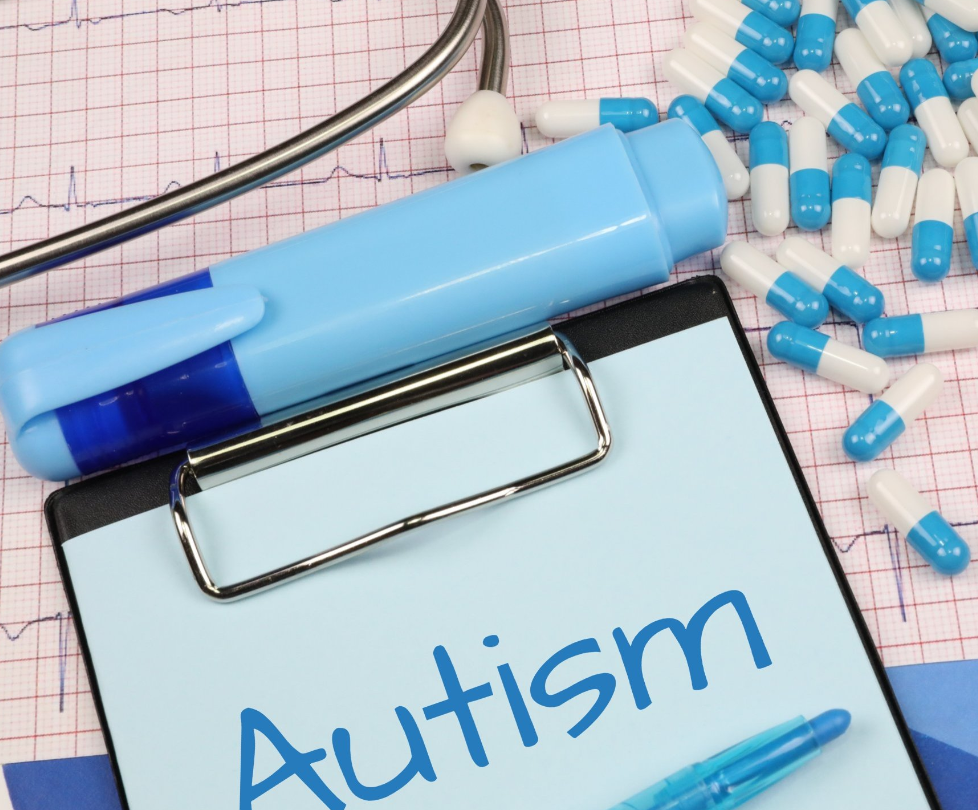
Navigating the Intricate Web: Understanding Sexual Health Challenges in ASD
This journey into the world of autism is riddled with unique obstacles. From sensory overload to communication hurdles, individuals on the spectrum face daily challenges that significantly impact their lives. And when it comes to the often-neglected realm of sexual health, these challenges take on a whole new dimension.
This post will explore the sexual health challenges of ASD, present the causes, provide a holistic approach to ASD, and discuss how a therapist can help navigate the challenges and foster communication.
Addressing ED in ASD is a journey, not a destination. By weaving a tapestry of solutions that address the individual’s unique needs, individuals with ASD can experience fulfilling and satisfying sexual lives. So before you decide to buy Viagra online (viagra como comprar), read on.
Unpacking the Puzzle: Beyond the Physical Causes of ED in ASD
One of the most common sexual health concerns for individuals with ASD is erectile dysfunction (ED). While often associated with physical causes like hormonal imbalances or diabetes, ED in the context of ASD is intricately woven with a tapestry of factors.
- Sensory Overload: An Overwhelming Experience. Imagine intimacy amidst a sensory storm. Touch, sound, light, and smells can become overwhelming, triggering anxiety and making it difficult to maintain an erection. This is the reality for many individuals with ASD struggling with ED.
- Lost in Translation: The Communication Barrier. Openly discussing desires and needs becomes a hurdle when communication presents its challenges. Misunderstandings, unspoken anxieties, and difficulty expressing emotions can create tension and strain in intimate relationships.
- Anxiety’s Grip: Performance Pressure and Inhibited Intimacy. Social anxieties, a frequent companion in ASD, can tighten their grip in intimate settings. Performance pressures and the fear of judgment can hinder spontaneous intimacy, creating a disconnect between desire and physical response.
Beyond Viagra: A Holistic Approach to ED in ASD
While medications like Viagra may offer some relief for certain individuals with ASD experiencing ED, it’s crucial to remember that they are not a magic bullet. A holistic approach that addresses the underlying emotional and social factors is essential for long-term success.
Erectile dysfunction (ED) is a common sexual health concern for individuals with autism spectrum disorder (ASD). While medications like Viagra may offer some relief, a holistic approach that addresses the underlying emotional, social, and sensory factors is essential for long-term success.
This means managing anxieties, fostering open communication, addressing sensory sensitivities, and cultivating a supportive environment. Therapies like cognitive-behavioral therapy (CBT) can help individuals manage performance anxieties, while mindfulness practices like yoga or meditation can promote relaxation and improve erectile function. Supportive relationships where open communication and emotional security thrive can also play a crucial role in overcoming ED challenges.
A Therapist’s Hand: Navigating the Challenges and Fostering Open Communication
Facing the intricacies of sexual health as an individual with ASD can feel like navigating uncharted waters. This is where a skilled therapist with specific expertise in ASD becomes an invaluable compass. They provide more than just a roadmap; they become co-pilots, offering a supportive hand and expert guidance on this delicate journey.
Therapists equipped with this specialized knowledge can equip individuals with a toolbox of coping mechanisms to manage anxieties that fuel performance pressures and hinder intimacy. Techniques like cognitive-behavioral therapy (CBT) can help individuals challenge negative thought patterns, develop relaxation strategies, and build confidence in their ability to navigate intimate situations.
But overcoming the hurdles doesn’t stop at individual coping mechanisms. Therapists also act as skilled architects, helping individuals with ASD build bridges of communication within their relationships. They facilitate workshops and exercises that foster open and honest dialogue with partners, equipping them with effective communication skills to articulate desires and needs assertively. Additionally, therapists create a safe space for couples to discuss anxieties and sensitivities related to intimacy, paving the way for mutual understanding and emotional connection.
READ ALSO: Unlocking the Silent Struggle: Understanding Hearing Difficulties in Autism Cases
Empowerment through Knowledge: Embracing the Journey of Sexual Health in ASD
Living with ASD doesn’t have to dictate the script of your sexual health story. While challenges may arise, they are not insurmountable. Knowledge unlocks the door to empowerment, and understanding the unique tapestry of your sexual experience is the first step to claiming authorship. Embrace the complexities not as roadblocks, but as guideposts that point you towards solutions tailored to your specific needs.
Move beyond viewing ED solely as a physical issue. Recognize the powerful influence of emotional and mental factors, from anxieties and communication barriers to sensory sensitivities. This shift in perspective empowers you to seek holistic solutions that address the full spectrum of your experience. Therapies, mindfulness practices, and open communication with partners become tools you can wield to craft a fulfilling and satisfying sexual life.
This journey requires courage and self-compassion. Acknowledge the effort it takes to navigate uncharted territory, but do so with the unwavering belief that fulfilling intimacy is within your reach. Seek support from therapists, communities, and loved ones who understand the nuances of ASD and celebrate your individuality. Remember, embracing your own story, complexities and all, is the essence of empowerment. Embrace the journey, trust in the power of knowledge, and witness the fulfilling sexual life blossom before you.
Reaching Out and Connecting: Unlocking Resources and Support
Navigating the complexities of sexual health as an individual with ASD is not a solitary adventure. You are surrounded by a vast network of support, waiting to equip you with the tools and resources you need to thrive. From experienced therapists specializing in ASD to supportive communities brimming with understanding and shared experiences, a wealth of guidance awaits your reach.
Take the first step towards claiming your empowered sexual narrative. Connect with therapists who can tailor coping mechanisms, communication strategies, and mindfulness practices to your unique needs. Foster open dialogues with your loved ones, allowing them to understand your sensitivities and desires.
Embrace the journey of self-discovery, one empowered step at a time. Remember, every vulnerability shared, every challenge overcome, paves the way for a richer, more fulfilling sexual life. Let knowledge be your compass, self-compassion your fuel, and support your guiding light. The fulfilling sexual life you deserve is within your reach – reach out, embrace the journey, and blossom.




































 The 0.23 autism rate was definitely much lower than the 1.47 percent autism rate manifested in the US conducted surveys. Back then, India already had a population of 1.2 billion people, to which a 0.23 percent autism rate still equates to a large number.
The 0.23 autism rate was definitely much lower than the 1.47 percent autism rate manifested in the US conducted surveys. Back then, India already had a population of 1.2 billion people, to which a 0.23 percent autism rate still equates to a large number. As it is, the condition renders a child incapable of relating, communicating, and socializing with others. The term spectrum refers to the broad range of inabilities manifested as symptoms, including the repetitive and limited behavioral patterns of children afflicted with ASD.
As it is, the condition renders a child incapable of relating, communicating, and socializing with others. The term spectrum refers to the broad range of inabilities manifested as symptoms, including the repetitive and limited behavioral patterns of children afflicted with ASD. Many drug clinicians have been prescribing anti-anxiety meds in addressing problematic dangerous patterns of behaviors, from sleep disorders to violent meltdowns involving episodes of throwing heavy objects to break glass or a TV set, inflicting injury through scratching and biting, or on one self by head-butting.
Many drug clinicians have been prescribing anti-anxiety meds in addressing problematic dangerous patterns of behaviors, from sleep disorders to violent meltdowns involving episodes of throwing heavy objects to break glass or a TV set, inflicting injury through scratching and biting, or on one self by head-butting.